Metropolink Festival Heidelberg
In the following article, we’ll tell you everything you need to know about the famous street art festival.
Urban art in Heidelberg
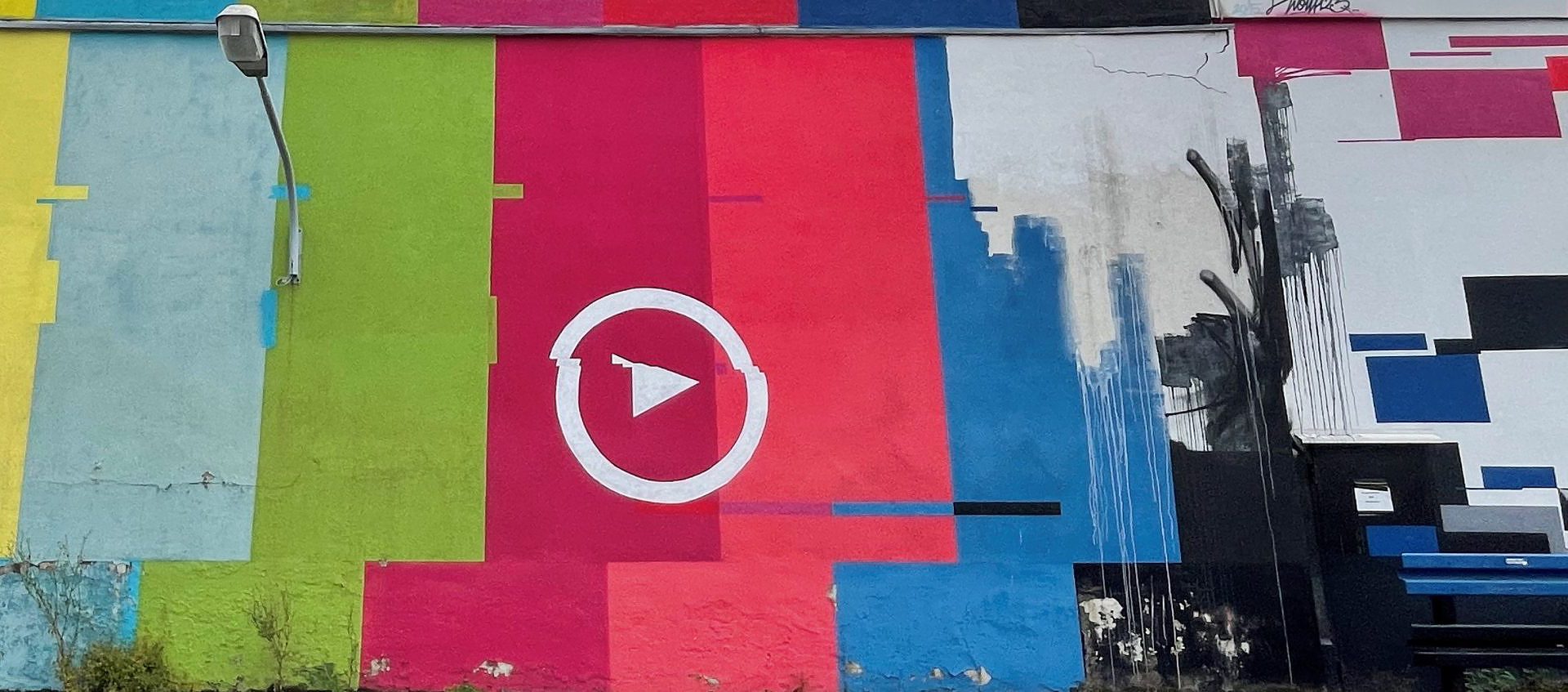
It came about when Pascal Baumgärtner, who is an artist himself, talked to the Lord Mayor of Heidelberg, Prof. Dr. Eckart Würzner, at one of his openings about the use of space and street art in Heidelberg.
Since the Lord Mayor of Heidelberg himself is closely connected to the topic of urban development, one thing led to another and the Metropolink Festival, as it is now known, came into being under the patronage of the Lord Mayor in cooperation with Pascal Baumgärtner.
Every year, more than 50 world-renowned street artists visit Heidelberg. Among them stars like Herakut, sam3 or Bordalo II. They spend their time painting murals on building walls with the help of a lifting surface, which can often take several days.
Such artworks as part of Metropolink decorate Heidelberg’s city center and the surrounding area, aiming to give a new perspective on the city and get people thinking.
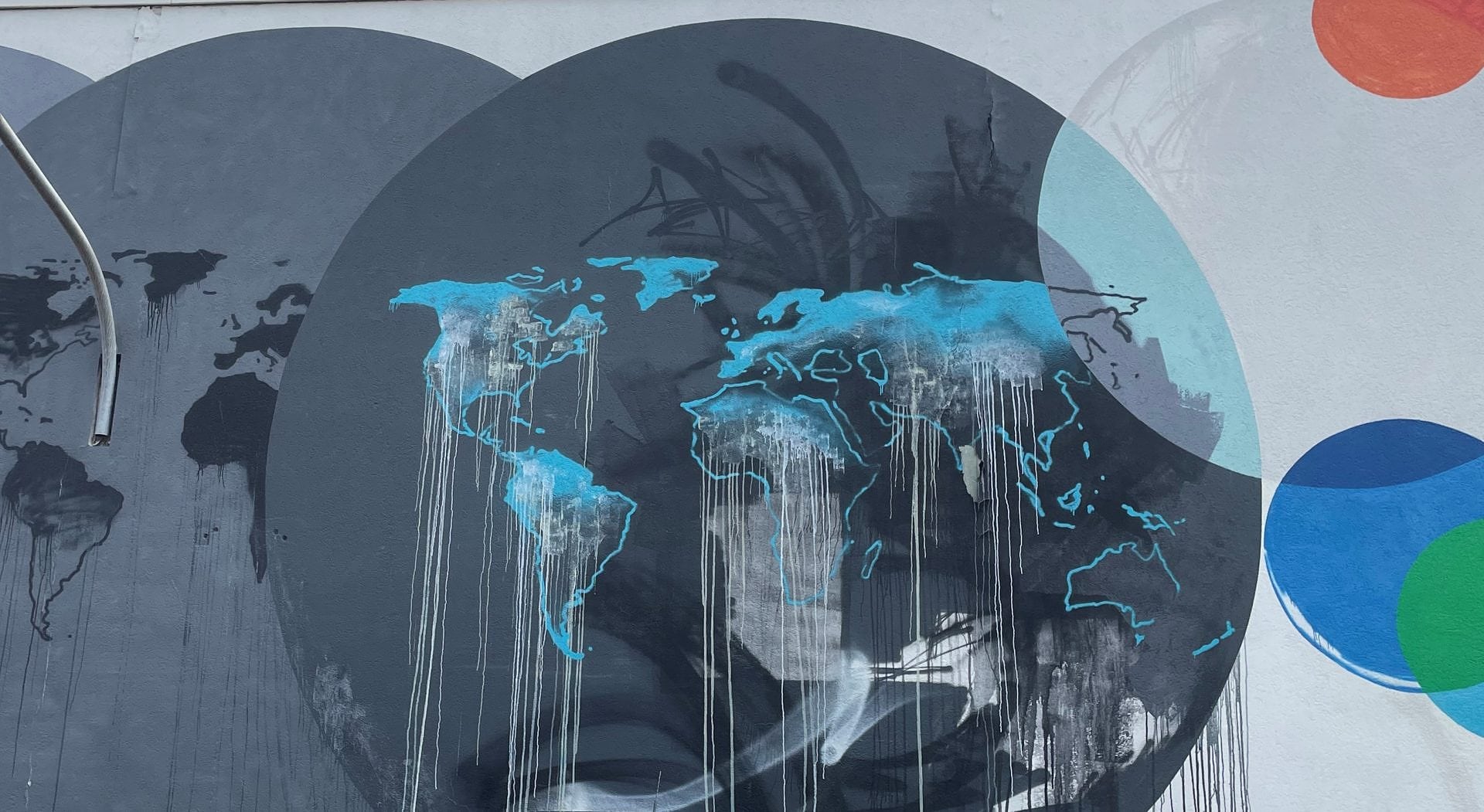
Such a work of art is also in the small town of Schwetzingen, 10 km west of Heidelberg, on a house wall.
The artist Hendrik Beikirch painted in 2020 a portrait which he called “Lebenswerk” which can be translated to life’s work. It is about a Schwetzingen asparagus farmer, namely Ilse Fackel-Kretz. Ilse Fackel-Kretz is famous for her asparagus and has also been featured in the Landesschau series about Schwetzingen asparagus farming, as three generations have now been in the asparagus field.
The artwork extends to a height of 5 meters and thus covers almost the entire wall of the house.
The artist is known for his large paintings and has also worked on huge art around the world.
Another of Hendrick Beikirch’s artworks is located in South Korea in Busan. In 2012, he created the 70-meter-high painting of a fisherman, which is one of his most famous paintings. Shortly before, many of the fishermen had been driven out of Busan in order to build the skyscrapers that are located a short distance away.
He thus wants to try to convey deeper content with his images and make people think.
Herakut, on the other hand, is a German artist duo from the street art scene. The name of the artist duo is a combination of the two artist names of the artists. Hera, civil name Jasmin Siddiqui and Akut civil name Falk Lehmann.
The artist duo has worked in major cities around the world, including Los Angeles, Toronto, Kathmandu and San Francisco, which they have embellished with artworks in their unique, distinctive style, characterized by imaginary worlds and characters.
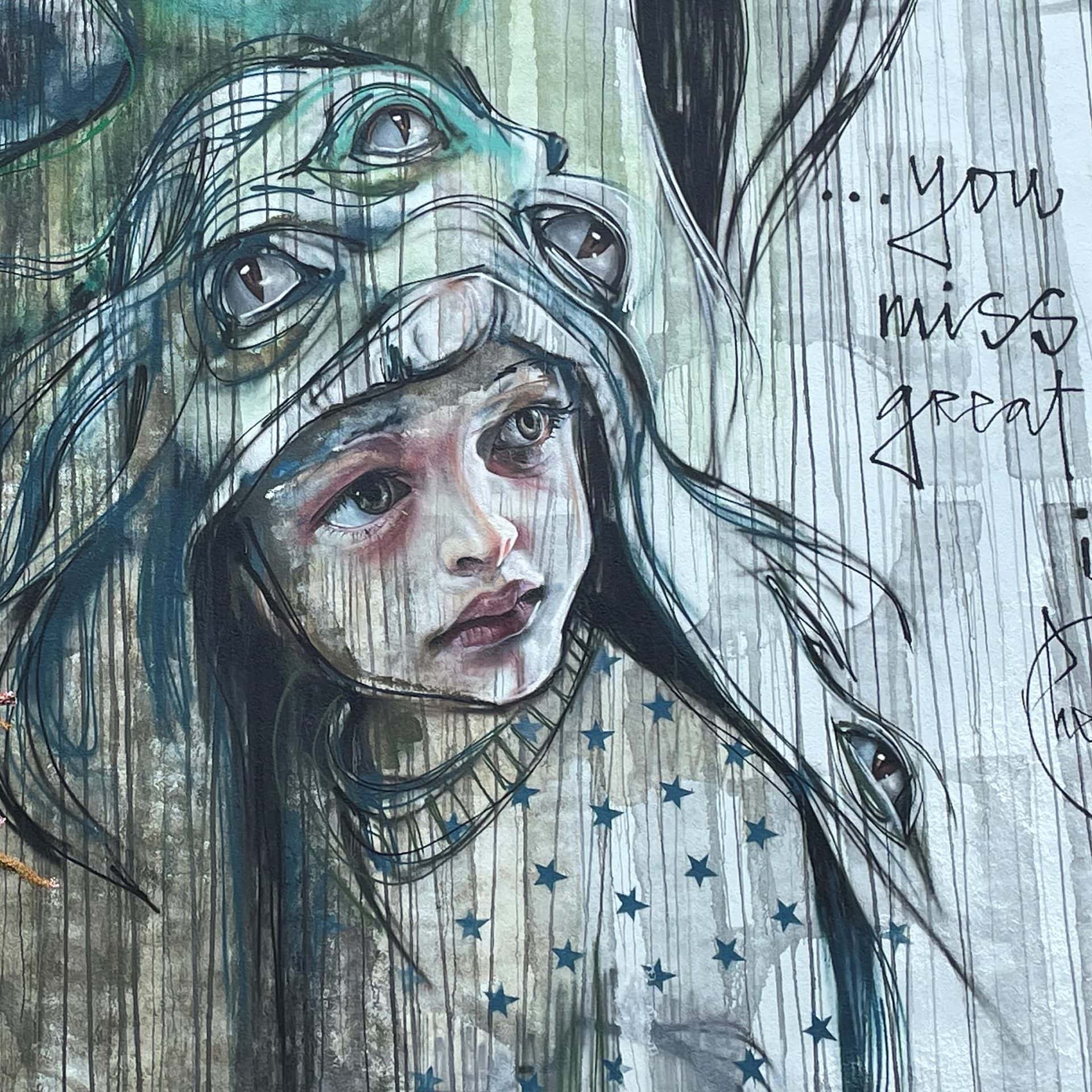
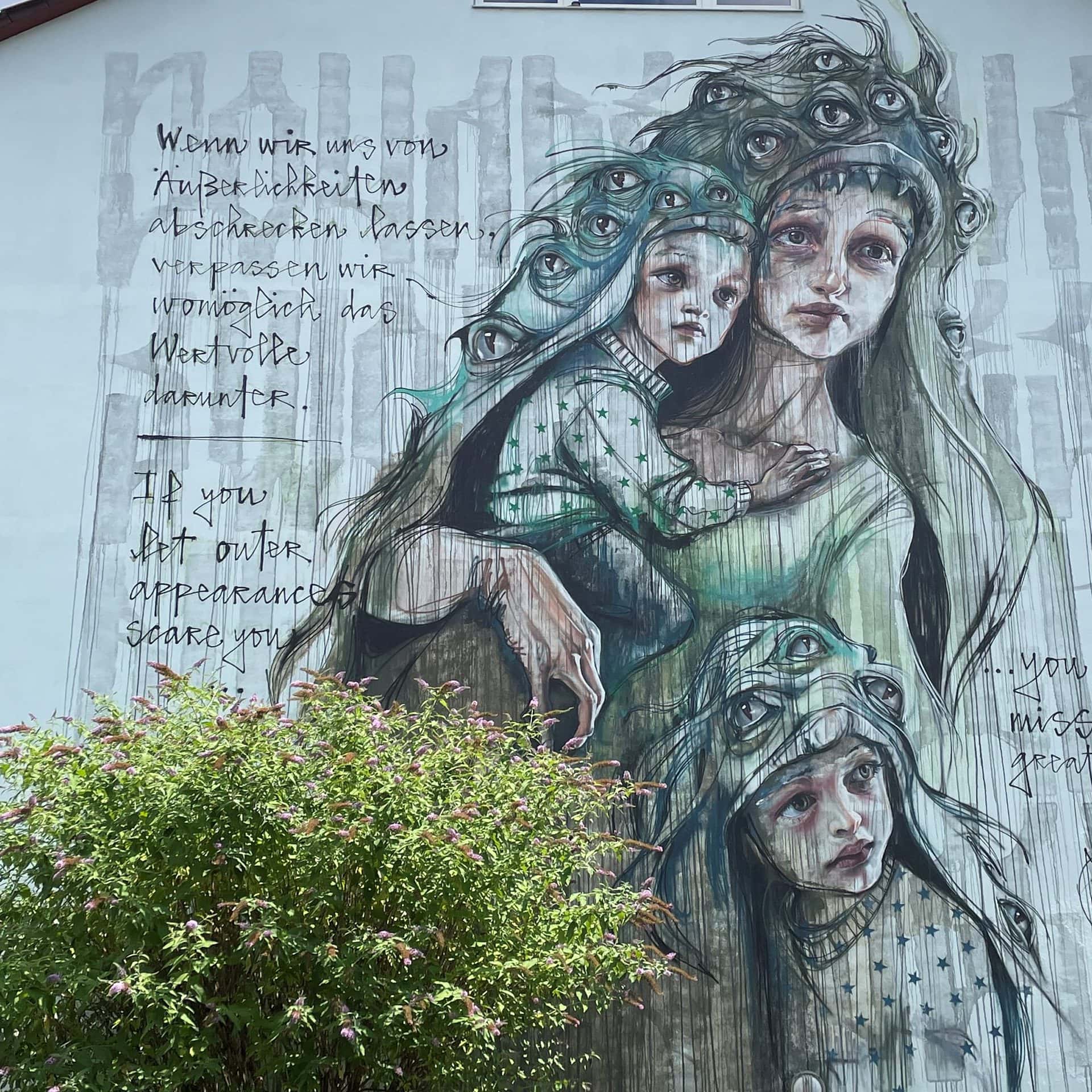
“if you let outer appearances scare you, you might miss out on great beauty inside “.
The artist duo tries to convey an important message to society through each of their paintings and their inscription.
Sam3
Sam3 is a Spanish artist who has become known for his silhouette-like murals. His images are mostly ironic, poetic and provocative at the same time.
One of his trademarks are symbols such as ladders and roots, as well as that he illustrates without color.
His artwork, which was created at the festival, can be admired in the former military settlement Patrick Henry Village. It depicts a black figure talking to three other people. Around the three other people is a kind of circle drawn from roots, which arise from the mouth of the first person.
Artistic districts
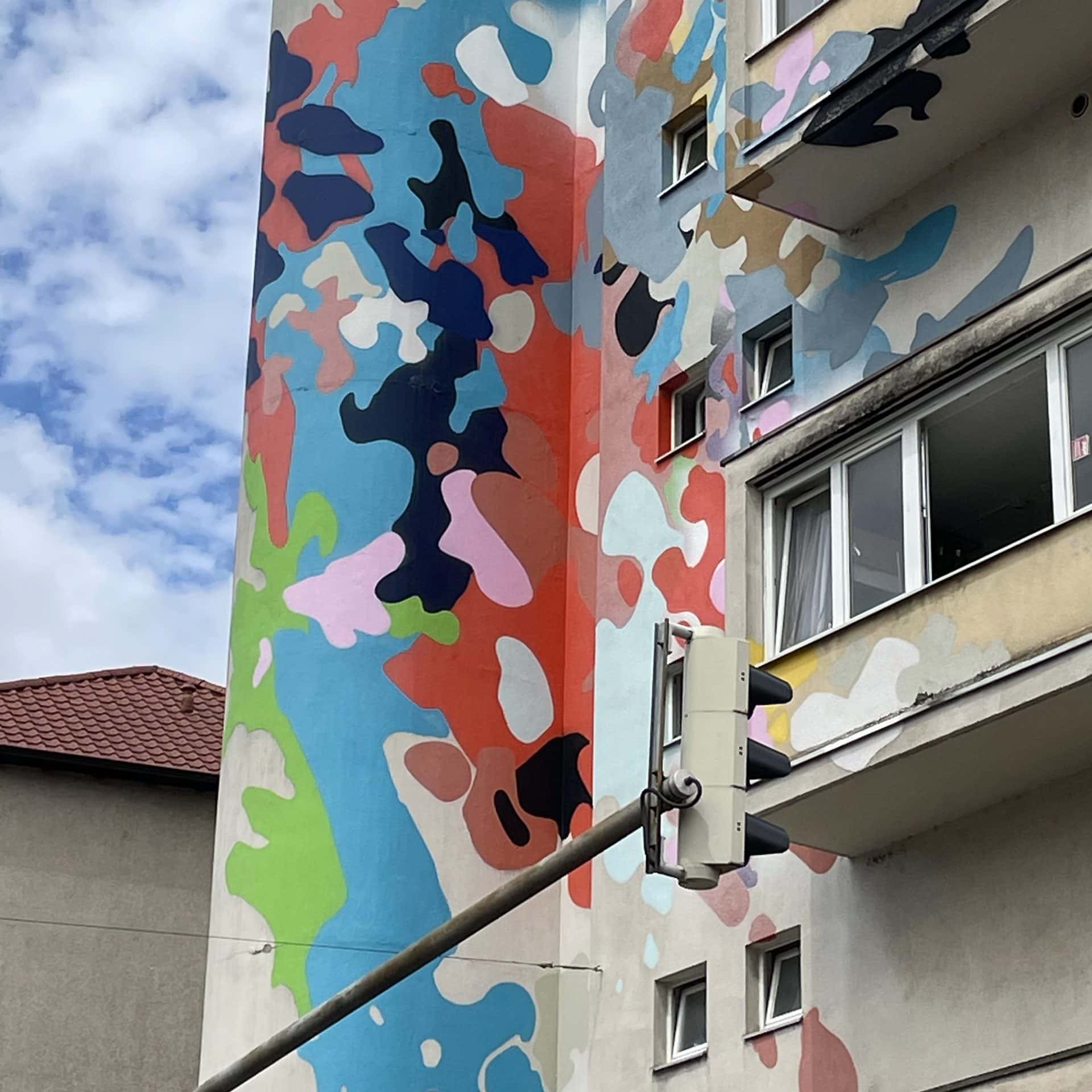
This includes the artwork on a house wall in the old Eppelheimer Straße 80 by the artist Smash137. This has created a work of art, from many creative color splash-like shapes, which merge into each other in different colors are seen.
Many of these urban arts can also be seen on South Gettysburg Avenue, where artists have been allowed to express themselves creatively on the walls of the buildings and their work can now be proudly seen on the building facades.
One of the cultural highlights of the pandemic year included a performance by German rapper Samy Deluxe on South Gettysburg Avenue in August 2020
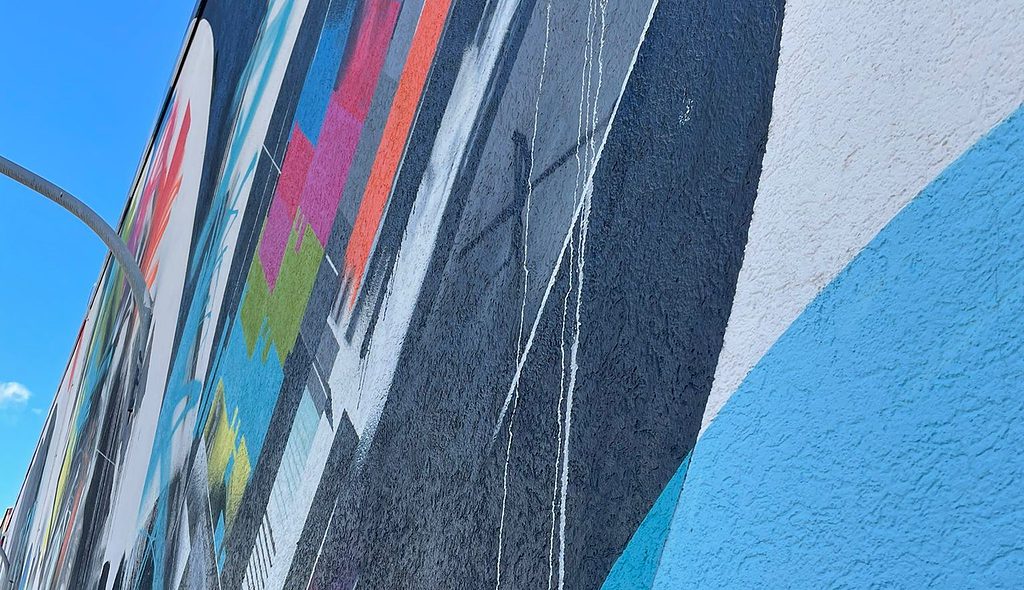
Patrick Henry Village
Of course, such artworks are not only found on house facades in Heidelberg, but they can also be found in the surrounding region.
Since 2019, the artists of the Metropolink Festival have been engaged in transforming the Patrick Henry Village into a district of the urban future.
The 100-hectare site outside Heidelberg in the Kirchheim district is a former U.S. Army housing development that was built in the 1950s and used as housing for military personnel and their families.
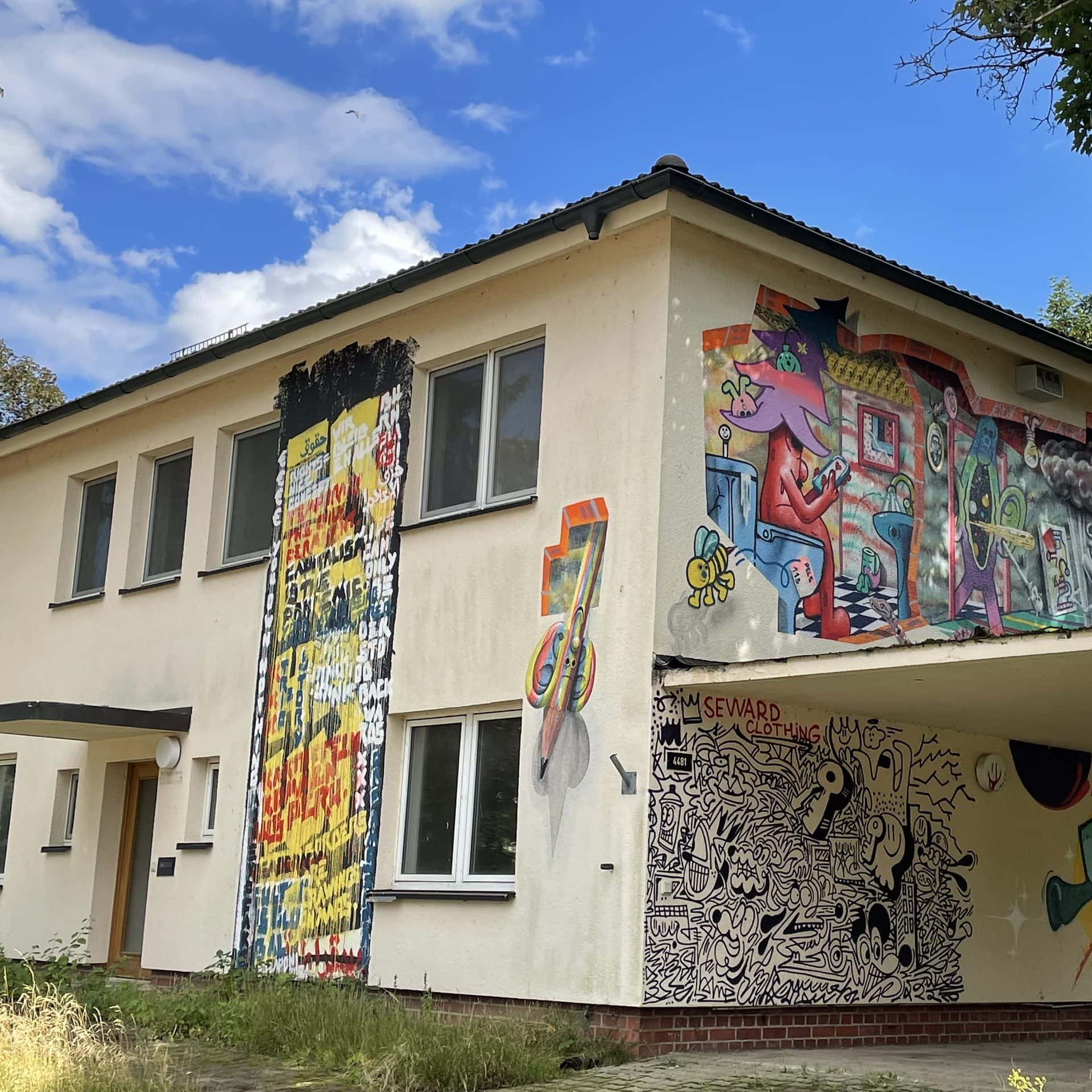
On September 6, 2013, the U.S. Army left Patrick Henry Village after the majority of the soldiers and their families stationed in Heidelberg and the surrounding area were transferred to the new U.S. Army headquarters in Wiesbaden.
Since December 2014, areas of the former military settlement have been used by the Federal Office for Migration and Refugees as the main arrival center in Baden-Württemberg for refugees.
Since the Patrick Henry Village has been virtually empty since 2014 and it is one of the last open spaces in Heidelberg, it is the perfect place for the festival.
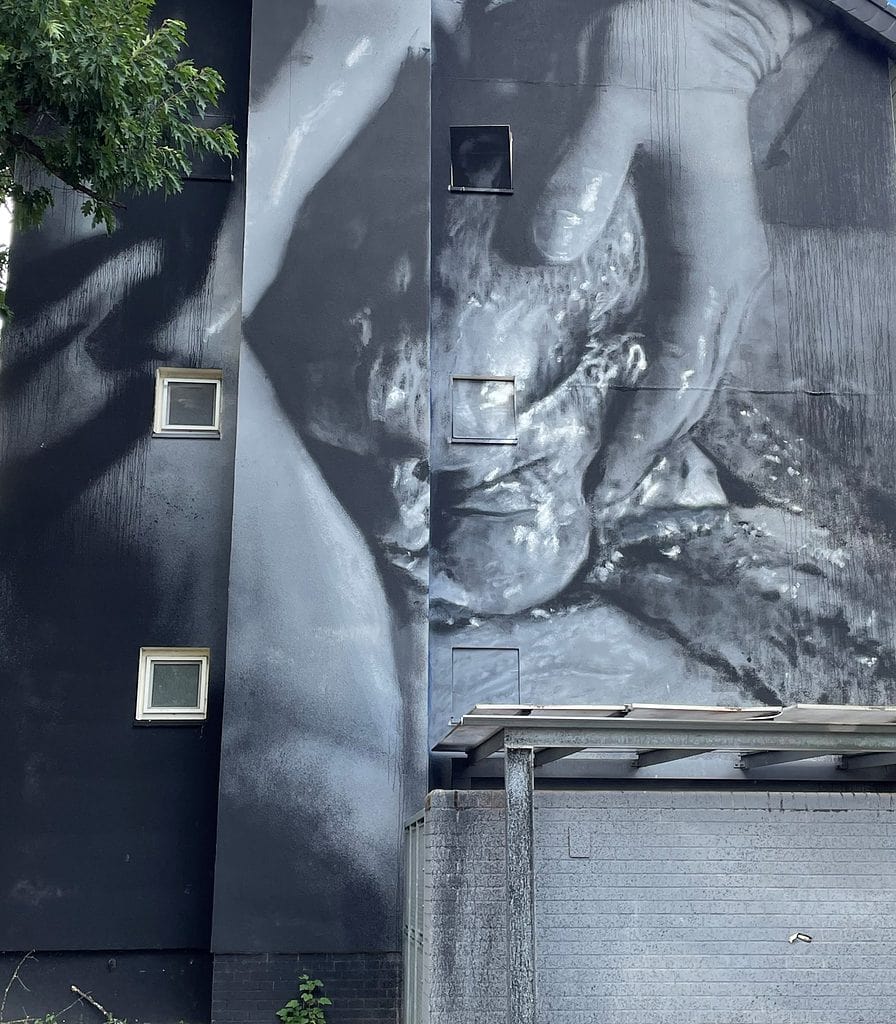
New life infused
n cooperation with the International Building Exhibition Heidelberg, IBA, the Metropolink Festival 2018 launches a new project called “PHVision”, a project for art, culture and science.
The IBA now has the motto “Knowledge creates city” since 2012 and develops forward-looking solutions for complex, urban development challenges. Hence the project in collaboration with Metropolink.
With the conversion of a former supermarket of the former U.S. Army base, which now serves as an art gallery called “PX factory”, the Metropolink strives for a medium-term and sustainable concept to make Heidelberg a symbol for urban art, digitalization processes and modern urban development.
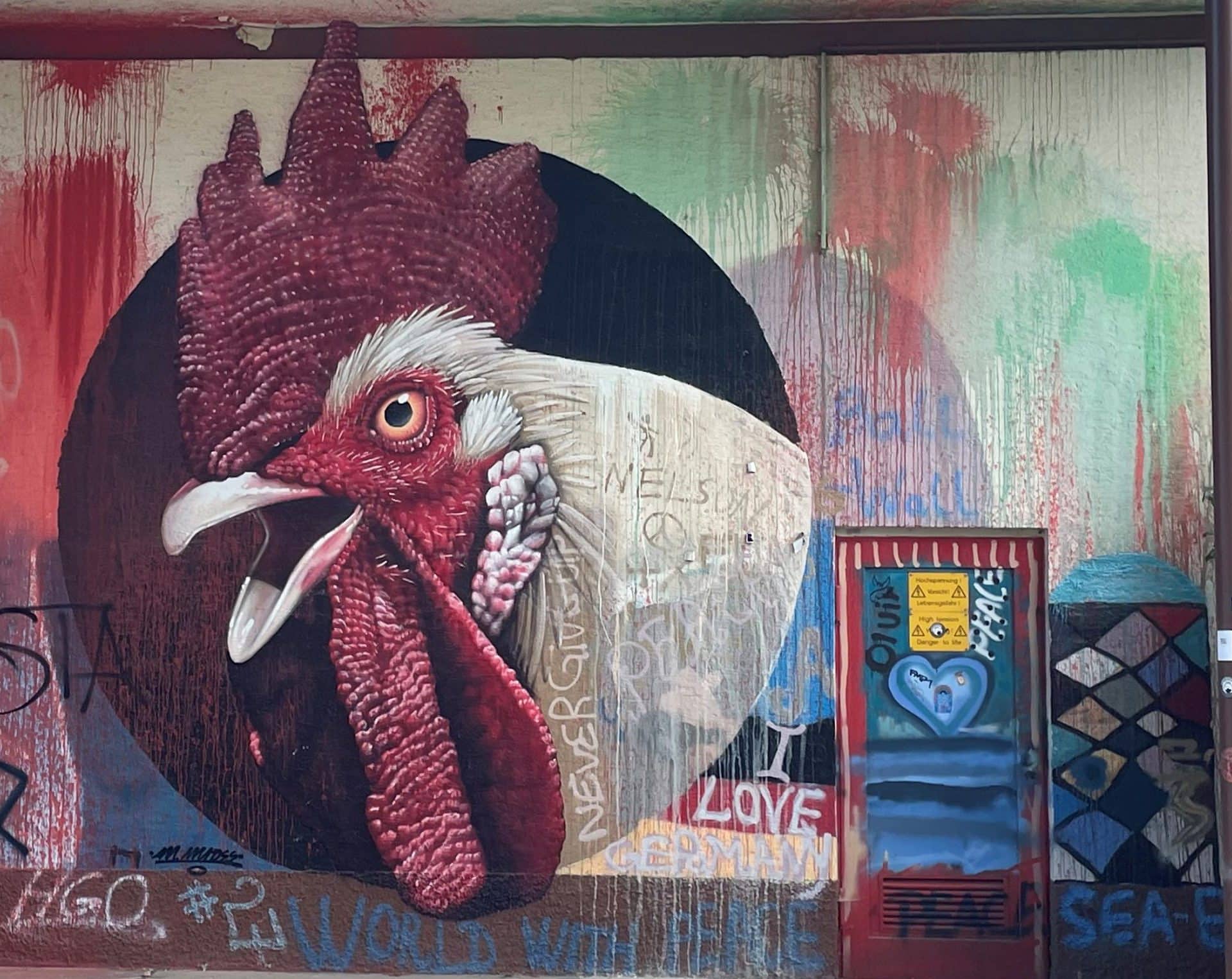
Since when does the Metropolink Festival exist?
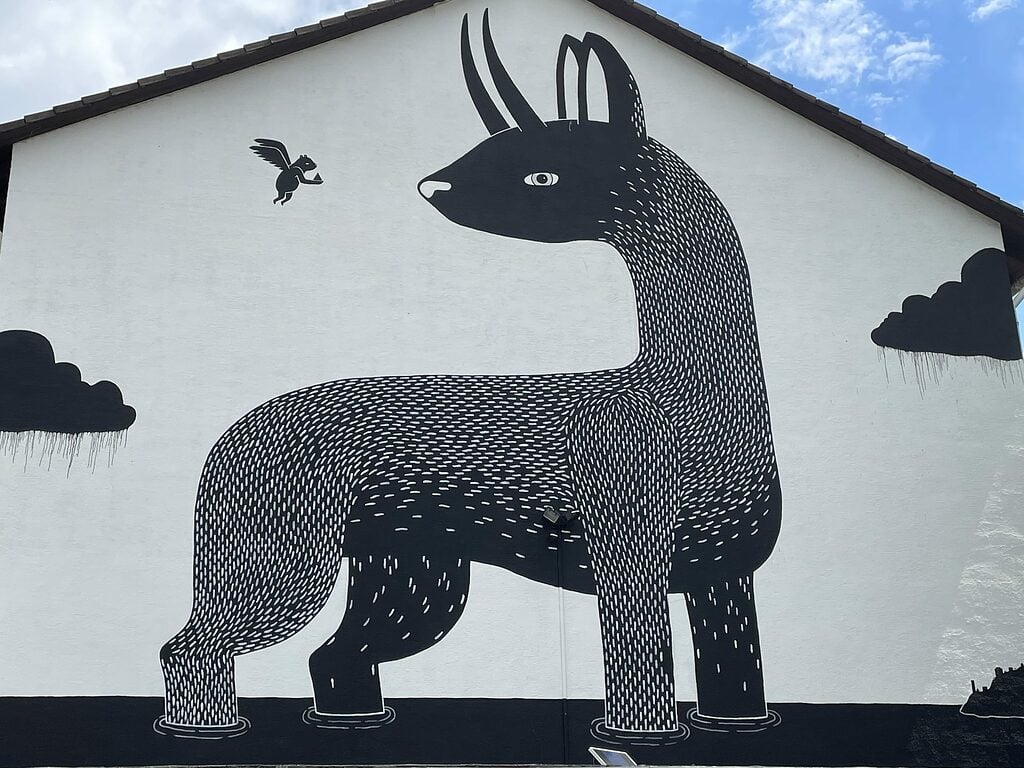
It usually takes place between the end of July and the beginning of August and has a time span of up to two weeks, during which the artists transform entire buildings into a canvas of life and inspire the audience with their range of creative topics and how they have implemented them. The workshops and performances such as street dance also enchant visitors since 2019.
New Perspective
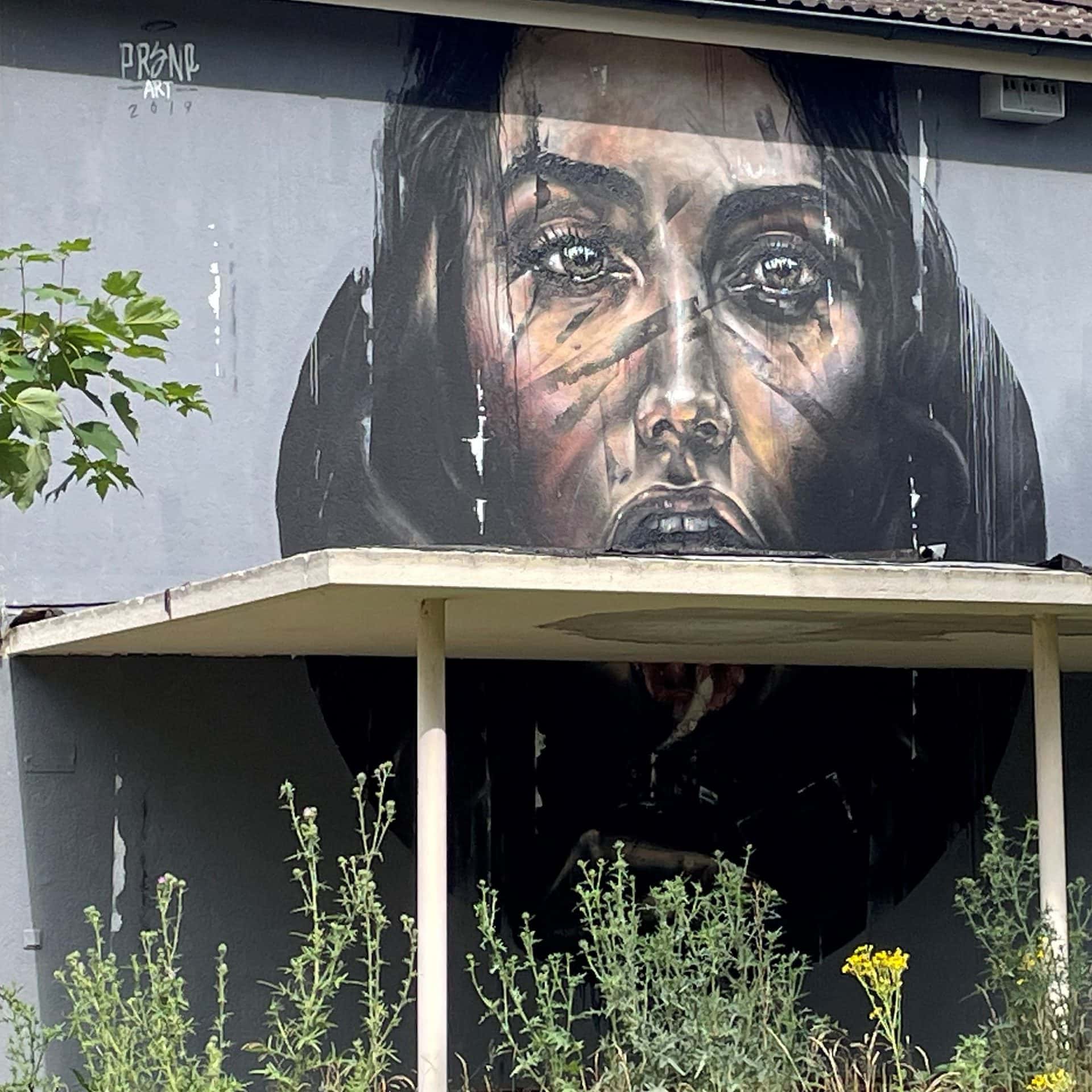
In addition, it was a goal of the artists to create with the help of the festival the possibility of a free space in which they can develop creatively. This was ultimately achieved through the Patrick Henry Village.
Urban Romantic Tour
The tour provides information about the artists who created the paintings on the walls, the history of their creation and the style of the art.
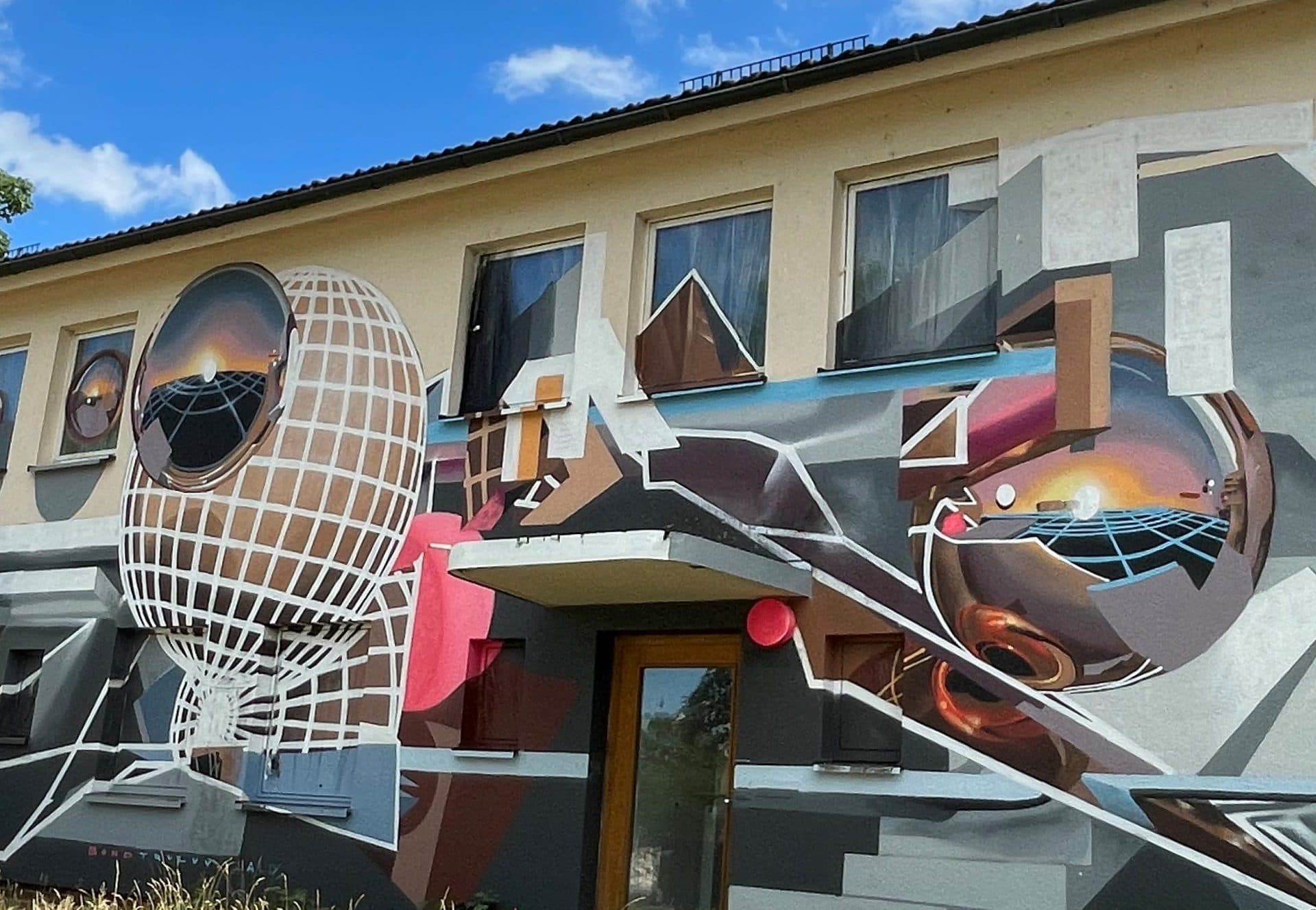
Procedure
The tour can last up to two hours and is offered in both English and German. There are three tours in total, which you can take every Thursday at 6pm either by bike or by bus.
Tickets
The tickets for the Urban Art Tour are your entrance to the world of the Metropolink Heidelberg and you can find them on this page:
https://www.metropolink-festival.de/city-tour/